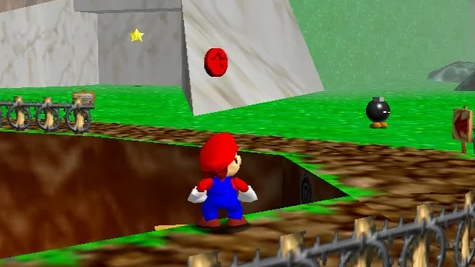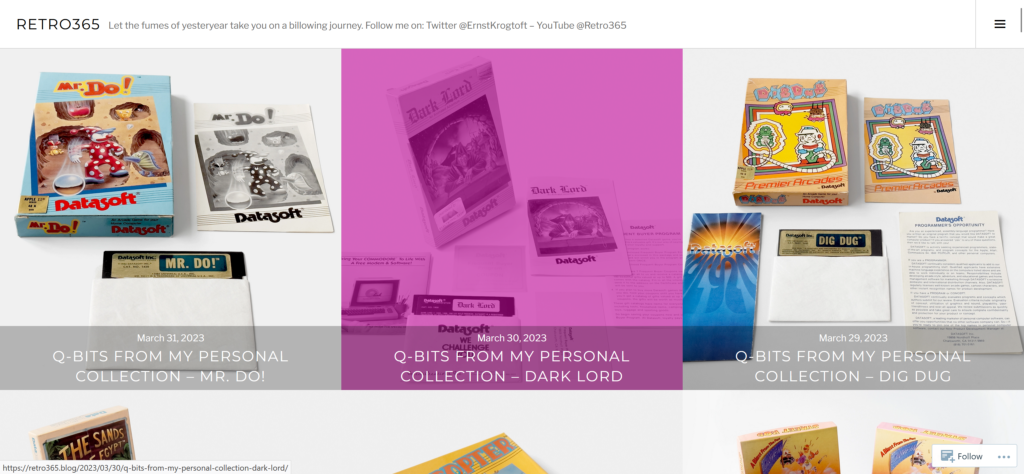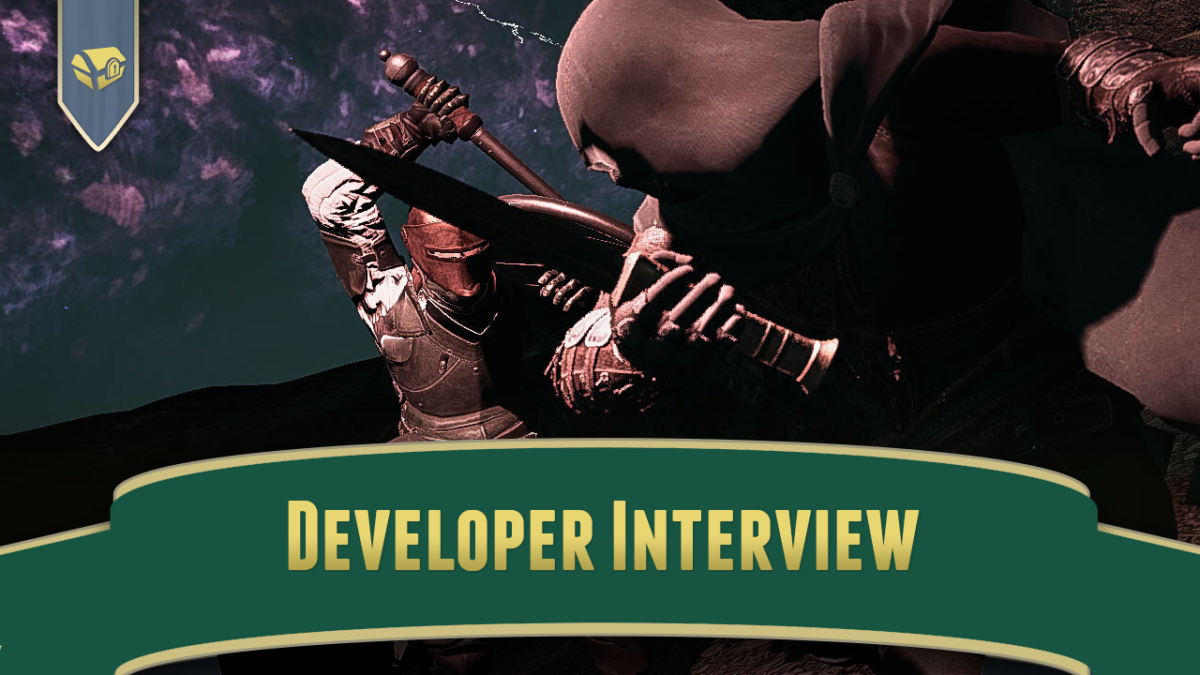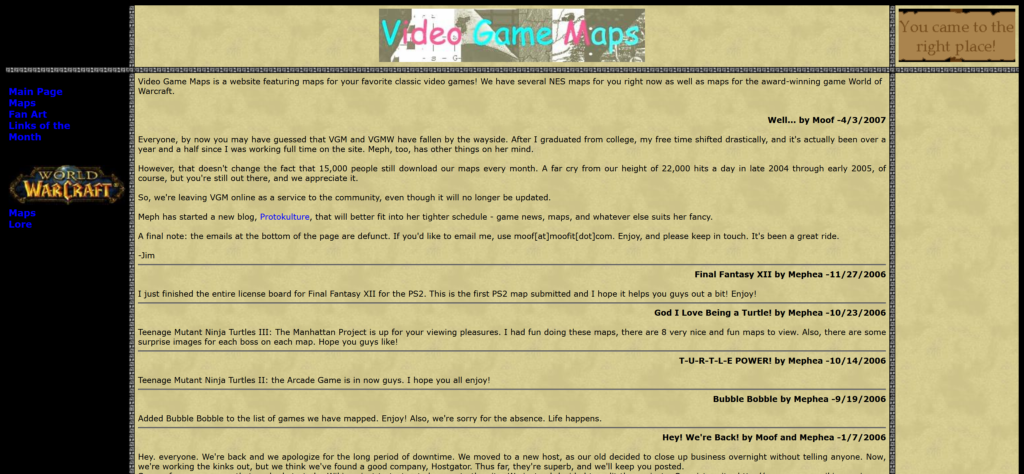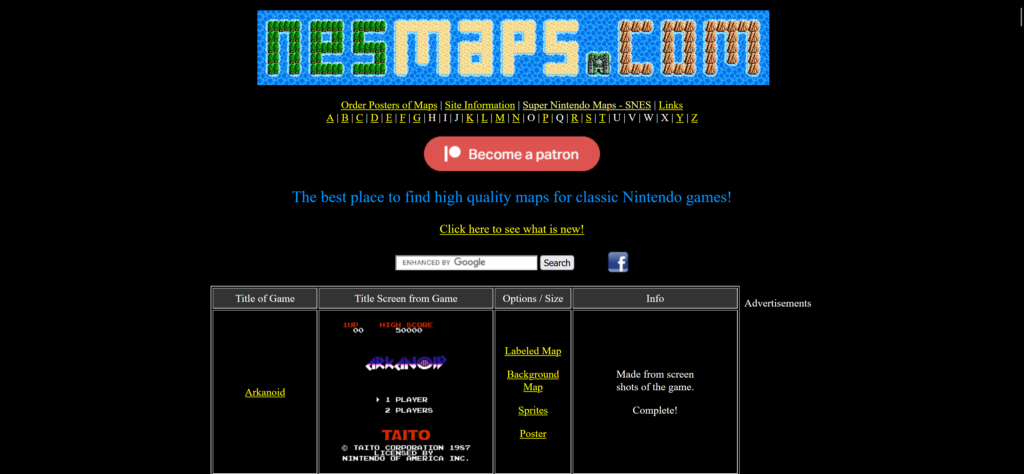
On Romhack Thursdays, we bring you interesting finds from the world of game modifications.
The world of romhacks ranges far and wide, from dumb graphics hacks that put Wilford Brimley in place of Mario to full games that are unrecognizable from the software they were made from. We usually try to focus on more substantive fare, but today we present three hacks that mostly leave Mario 64 unchanged, except for giving the overall-wearing movie star a rest in favor of one of three understudies.
Super Cream 64
In the case of Super Cream 64, it feels like there’s enough to go by despite the core game, in most senses, being the same as Super Mario 64.

Saying that it’s a simple character swap is both dead accurate and wildly understating the effort that went into this. Nearly all the characters have new models, and there’s a few more in there as well. Mario has been replaced with Cream the Rabbit from (a couple of) the Sonic the Hedgehog games. Cream’s one of those characters that barely got any main game appearances before being relegated to the likes of guest roles in kart racers, so unless you’re as soaked in the deep Sonic lore, as I appear to be, you might never have heard of her, or Cheese, a Chao that follows her around (don’t ask me what a Chao is, I could tell you but the answer would probably not be useful to you) her mother Vanilla, or her friend Blaze the Cat, who are also in this hack. You may know of Amy Rose, who’s also here.
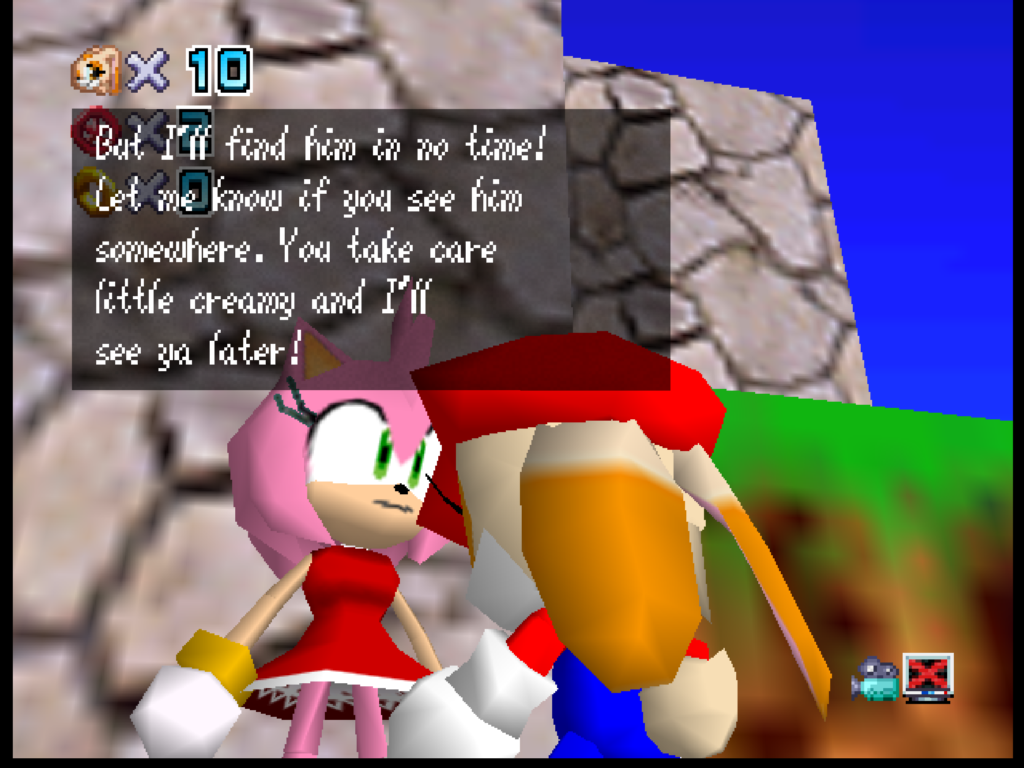
There are some play differences. Somehow Cream can fly, kind of, in a gliding sort of way, which makes the game a little bit easier. A small number of areas have been changed. But mostly this is a game for people who haven’t gotten their fill of Super Mario 64 already, and who want to play it as a different character. It’s almost as light and fluffy as its protagonist, but it’s evident that a lot of care has gone into it.
Here’s a bit of gameplay to show you what it’s about:
Super Cream 64 came to my attention when a friend was putting together a console-playable copy of it for her Sonic-obsessed kid. It’s amiable and mostly harmless. I can’t say it’s my usual kind of thing (the game itself really is mostly Mario 64, and Cream is a little too cutesy for me), but maybe it’s more to the taste of some of you out there?
This post started out being just about SC64, but here’s a couple of other character replacements that may be amusing, for a few minutes at least.
Captain Falcon 64
Excepting his appearances in Super Smash Bros. games, Captain Falcon is rarely playable on foot. Captain Falcon 64 suggests a run style and moveset that’s pretty much how one would imagine he’d play in an officially-made 3D platformer.
Super Mario 64: Sonic Edition
The logical intersection between Cream 64 and Falcon 64 would, of course, be Sonic 64. He’s even faster, and harder to control, than Captain Falcon. There are some gameplay changes here, including the ability to become Super Sonic, but I couldn’t tell you how. Maybe explore it yourself and see if you can figure it out.
Super Cream 64, by Gamebun (Sonic Fan Game HQ)
Captain Falcon 64, by PastaPower and Blakeoramo (SMW Central)
Super Mario 64: Sonic Edition, by Thodds (SMW Central)

